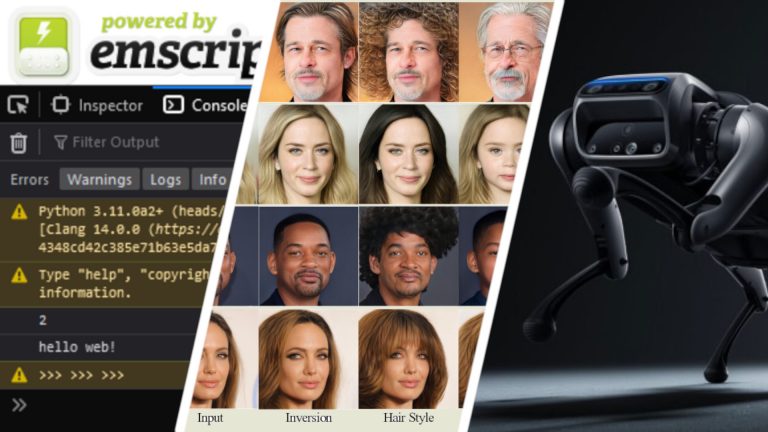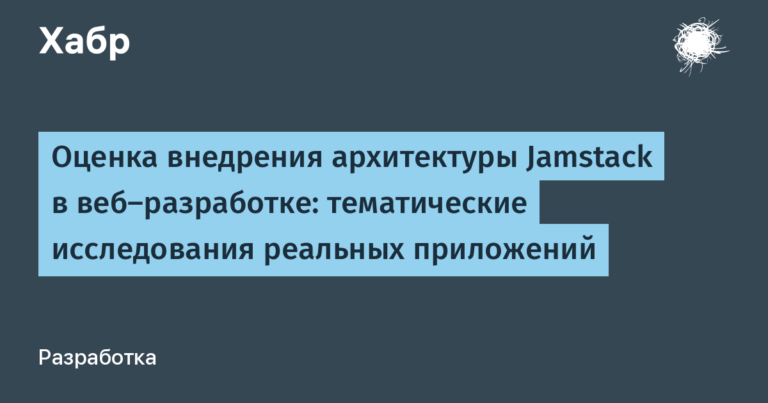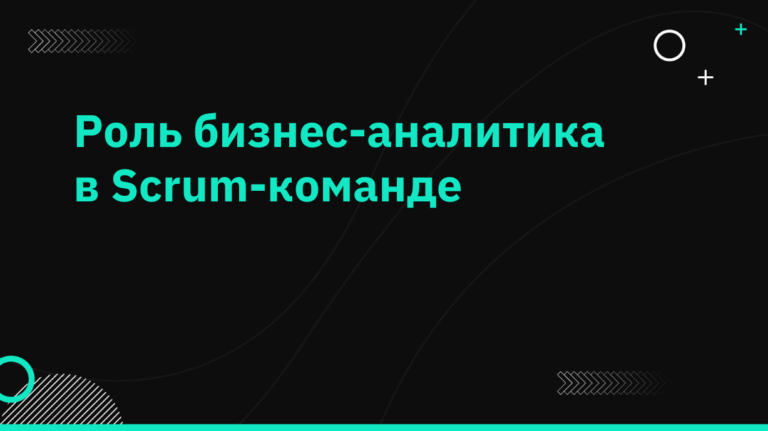How to increase the speed of decision making in a company by implementing research without a budget
Hello! My name is Artyom Trubin, I am the director of the product portfolio at ActiveCloud. When I joined the team, the company did not conduct research – everyone acted “by feel.” This prevented us from creating products that fully met or exceeded customer expectations. I decided to try to integrate research into regular processes on my own, without hiring new employees, and without a large budget. This is a task with an asterisk: research is usually expensive, requires a lot of resources, and in the case of B2B business, it is especially difficult due to limitations in finding respondents.
In the case, I’ll tell you how we managed to establish the process and what tools we used.
What problems were solved and what systems were used?
ActiveCloud is a cloud provider in the Belarusian and Russian markets. We provide cloud servers, hosting, SSL certificates, cloud email, disks and other business products. Our target audience is IT infrastructure technical specialists and DevOps engineers.
I decided to use a process approach to organizing research – Research OPS.
Research OPS is about managing and optimizing people and processes to enhance the value and impact of research.
We are talking about building systematic work, which includes, for example, managing confidential information, selecting platforms and tools for research, training responsible employees, popularizing the acquired knowledge, and so on. This is a well-established process that helps maintain high quality research, regardless of the experience of staff, and effectively use the results.
It's important to note that for a B2B company like ActiveCloud, in my experience, qualitative research methods are the most effective, especially when considering limited resources. Consequently, in this article we focus on Research OPS as a way of organizing the processes of interviewing clients and making decisions based on the information obtained. In the long term, it will help the company improve its ability to quickly make the right decisions and implement innovations, which, in turn, will lead to enhanced competitive advantages and a stronger position in the market.
To implement such a method, it was necessary to establish processes:
Search for respondents;
Preparation and validation of interviews;
secure collection and storage of personal data;
Collection, synthesis and exchange of research information within the company;
Processing and using research results in the form of making specific decisions;
Payment of remuneration to respondents and its documentation.
And all these processes must work with minimal involvement of the CPO and without a large budget.
Three stages of effective research
Stage 1. Finding respondents and preparing for interviews
The company did not have the opportunity to hire special researchers, so they decided that the search for respondents would be carried out by employees of the marketing and sales departments, and product managers would conduct the interviews. To simplify their preparation and work, we created templates and scripts for inviting and rewarding respondents, validating participants, and scheduling interviews. This way, everyone has an understanding of the common standard and no one wastes time coming up with texts from scratch. Of course, each product manager makes a research design to suit his own tasks, or a marketer adapts the text of the invitation, but with the help of templates and ChatGPT they do this much faster and with better quality.
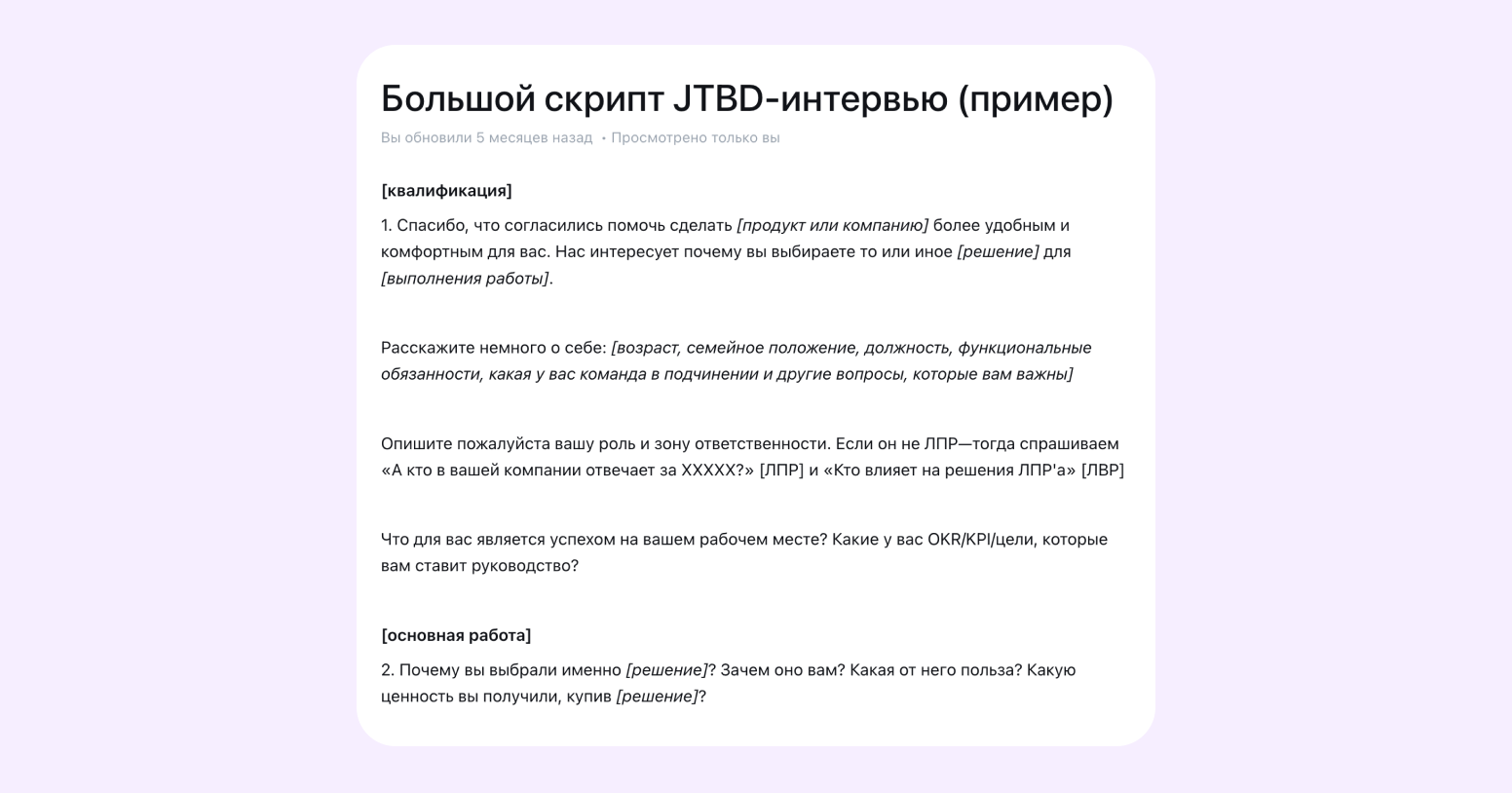
We also found solutions that helped put research on stream, use its results and re-contact respondents. At every stage, we tried to use automation tools to save human resources.
Stage 2. Organization of work with respondents
You need to not only find respondents, but also interview them, thank them and remember them for the future. Communication with everyone goes through several stages with different people responsible, so it was convenient to create a workspace with shared access and task cards for this process. We set up a Kanban board “Respondent Management” in Kaiten with status columns “Contact received”, “Interview date set”, “Interview completed”, “Remuneration paid”, etc. This allowed us to track the status of work with each respondent on time conduct interviews and pay for them. As a CPO, I only join the process to pay remuneration: when the contact card reaches this stage, I receive a notification.
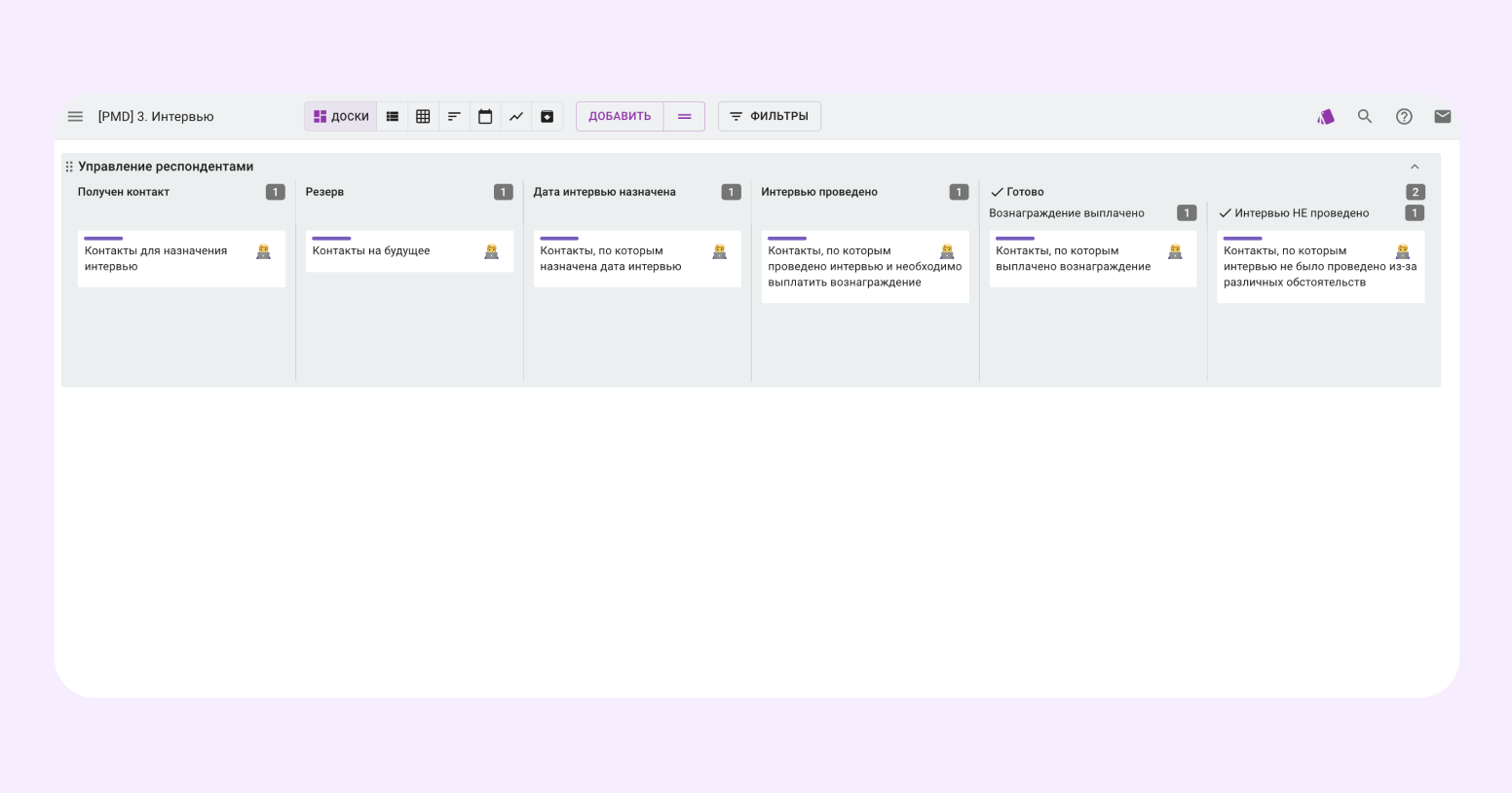
For each contact, we create cards with information about the respondent:
is it our client or not;
what position and in what company does he work?
his contact details;
through what channel this person was found;
which product manager is responsible for it.
Standard fields make it easier to fill out and work with information. We also make notes on the cards about what to expect from the respondent, how best to communicate with him, and whether he can be involved in research in the future.

We store all contacts in the Kaiten archive so that we can contact respondents for new studies or invite them to focus groups. This way we less often have to look for new participants.
Each of the respondents fills out a consent form for the processing of personal data – this helps to legally store confidential information.
We thank the participants personally—not the companies, but specifically the people who agreed to spend their time. As a reward, we send promotional codes for purchases at SberMarket with a nominal value of 5,000 rubles, because they make it possible to draw up acts for the accounting department. We formalize these expenses as a marketing budget.
Stage 3. Storage and reuse of results
After conducting the research, product managers make a presentation of the results and invite all departments that could benefit from it. As a rule, the marketing and sales department participates in all presentations.
We also store the results in our internal documentation system in a separate section “Research Register”. All employees of interested departments have access to it.
Presentations and the Research Register help us disseminate knowledge throughout the company and reuse the results in future decision making, which improves operational efficiency.
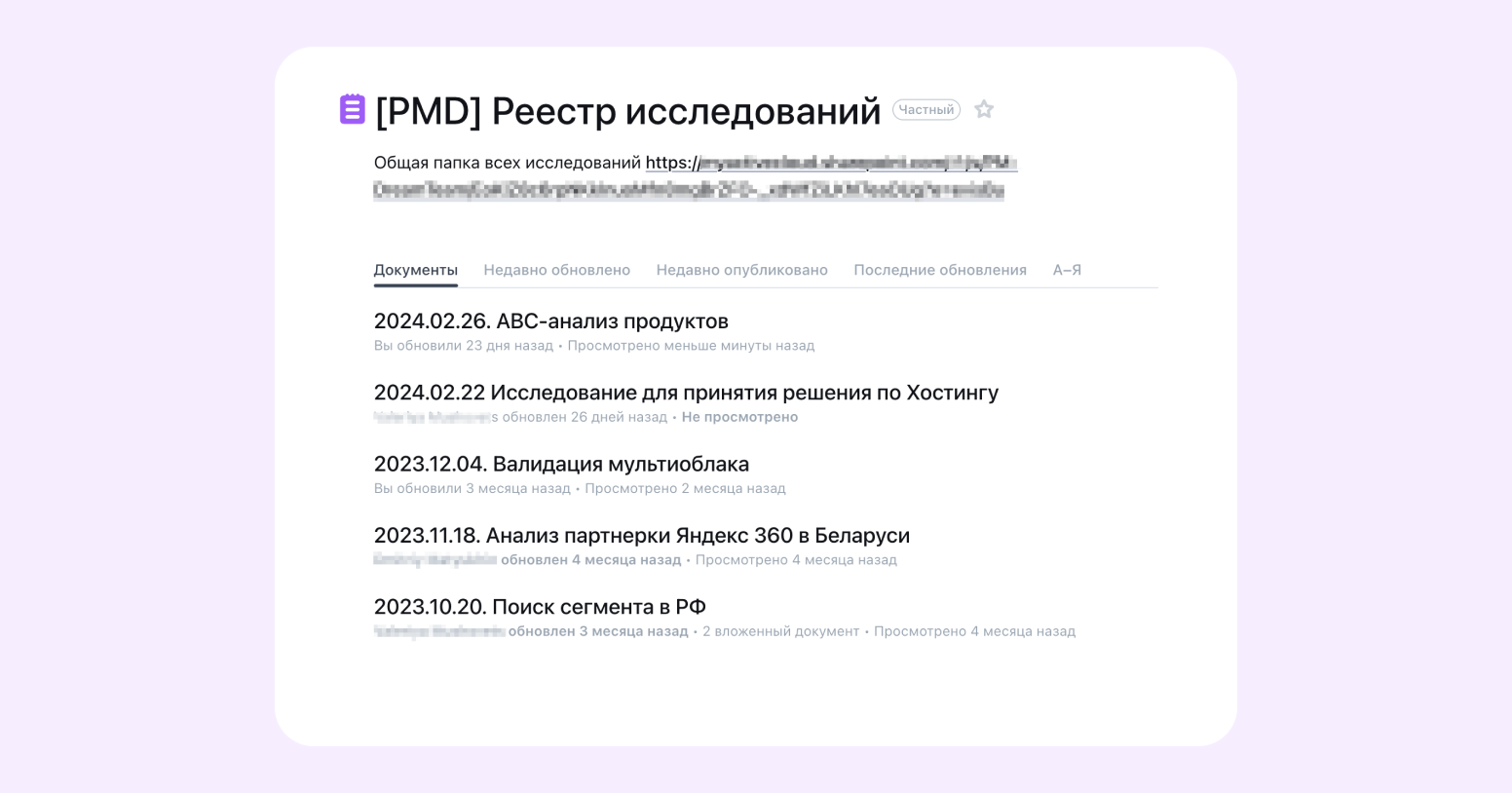
results
As a result, we have implemented all the necessary processes within the Research OPS concept:
Marketing and sales specialists attract respondents.
Product managers arrange a meeting and conduct interviews.
Interview preparation is accelerated with standards, templates and ChatGPT.
Respondent cards go through the described process in Kaiten with automated notifications.
Respondents fill out a consent form for the processing of personal data, which helps to comply with compliance.
Respondents are paid a reward in the form of a promotional code for purchases at SberMarket with all closing documents for the accounting department.
Product managers hold a meeting – a presentation of the results, which are also recorded in the internal documentation system, which allows knowledge to be disseminated and reused in the company.
Respondent cards are stored in Kaiten, allowing them to be reused in future studies.
And all this works without hiring additional people with minimal involvement of the CPO in the process only for the payment of remunerations to control financial responsibility, and a budget only for rewards to respondents.
What I'm most proud of is how Kaiten has set up the process: I don't think about it at all, I just watch the cards move and pay out rewards to respondents when needed.
Using this approach, we have already been able to conduct a study in Russia in just two months. Its results formed the basis for developing the company’s development strategy over a five-year horizon.
Research is not the only process we organize at Kaiten. With this platform we We optimize the work of the product department and cross-team interactionand also We collect ideas from colleagues for product development through the Service desk module.
Tell us, how do you organize and conduct research in the company? What difficulties arose and what helped solve them?
